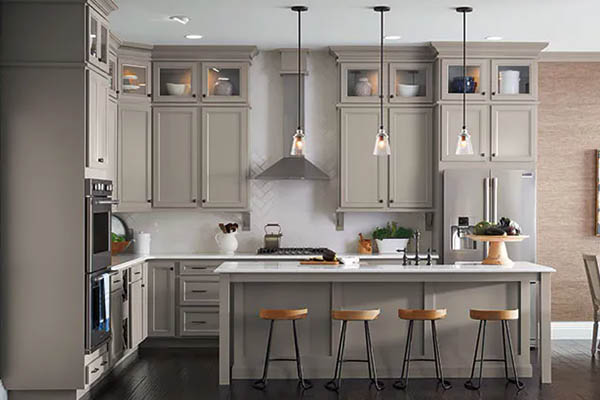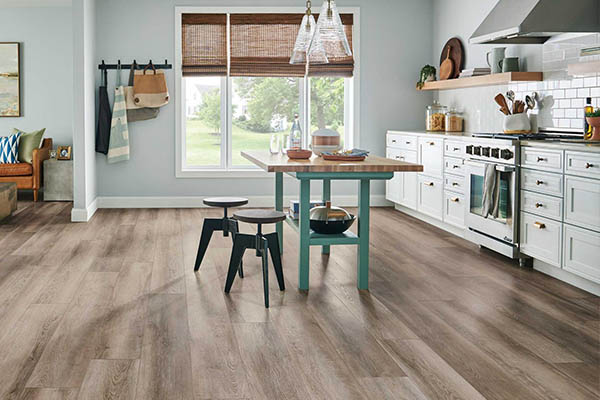Countertop Measurement Guide
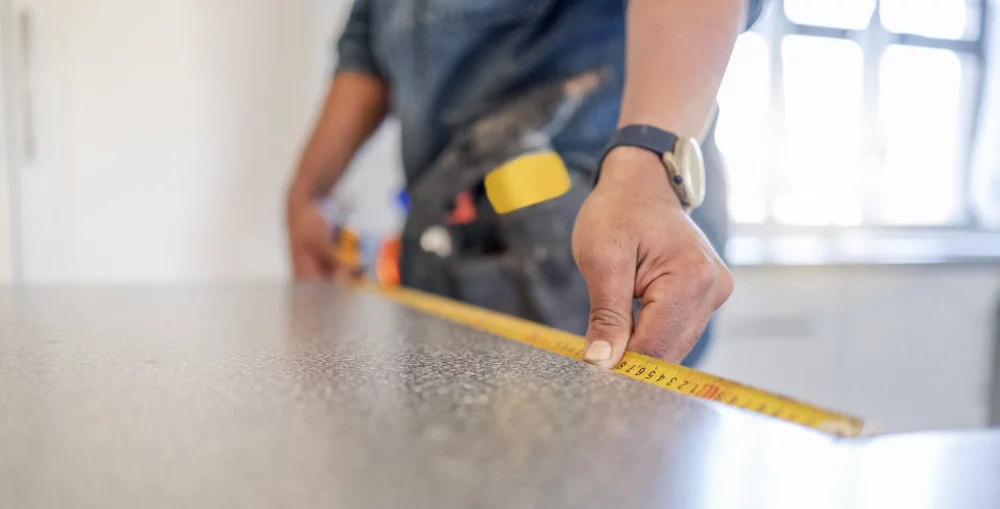
So, you’re tired of outdated and worn-out countertop and are considering replacing them, and the first question that comes to mind is, how much will that cost me? To estimate the cost, at least approximately, you need to understand the area of your countertop. This knowledge will help you to understand and calc understand and calculate the budget for your project’s materials by multiplying the area by the cost. Remember that the material cost is just a part of the budget. You can learn more about this subject by reading our article: "Kitchen countertops: the most popular questions answered”.
This article will help you to calculate the area. However, we strongly recommend delegating the final measurements to a company that will be chosen to fabricate and install your countertop. Any mistake will be their responsibility.
So, grab your measuring tape, and let’s delve in.
Required tools & Supplies for countertop measuring
Here’re the tools and gadgets you need:
Measuring tape (at least 25 feet long) – Obviously, you need a measuring tape. It’s best to have one that is at least 25 feet long and has a self-lock feature. I always recommend this for homeowners who’re looking to take measurements alone.
Pencil or pen and paper – It is always handy to draw an outline or a sketch showing the countertop’s shape. If you’ve got a smartphone with some sketching app installed, that’s ideal.
Camera – Having a smartphone camera is recommended. You can use it to get enough pictures for reference while dealing with a sales agent. It helps a lot, especially when your kitchen space is tricky.
Calculator – If you’re good at basic calculation, you can have a simple calculator to complete some multiplication. Alternatively, we recommend using our online countertop area calculator. It allows you to select the shape of your countertop and enter the dimensions accordingly. If you need to divide your countertop area into multiple sections, it will enable you to do it easily. It also has the feature of calculating the total cost for the countertop.
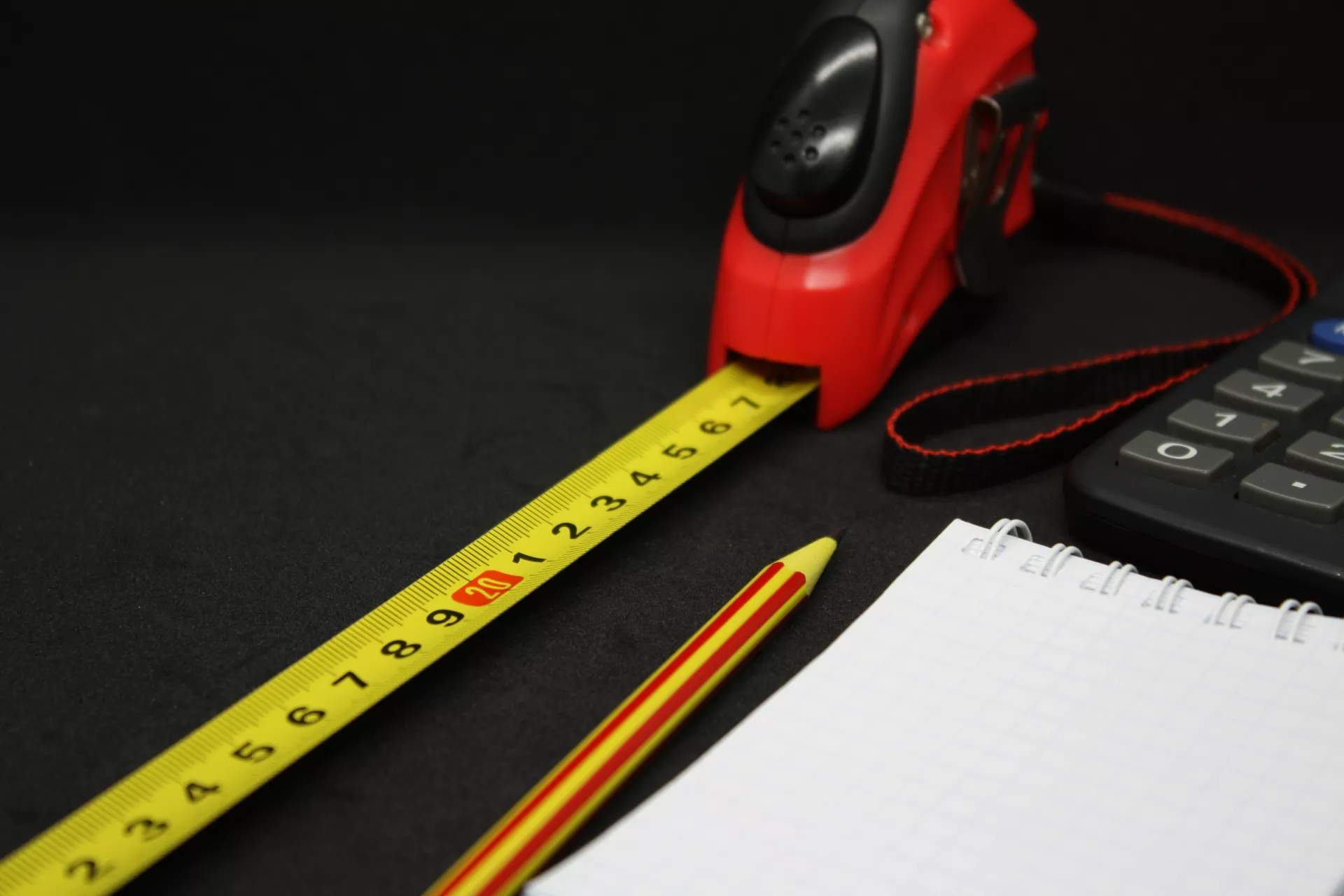
Steps for measuring the countertop
1 - Sketch out a rough diagram
You’re not always lucky to have a simple kitchen space. It has got many moving parts in a tight footprint. So, it’s best to sketch out a rough diagram of your existing countertop. Be sure to include any angles, curves, or cutouts.
Additionally, you can highlight other features like the island, sink, and appliances. Also, take note if you need the backsplash. A sketch will help you visualize the measurements and ensure you don’t miss any important details.
2 - Break the countertop measurements into sections
Break the countertop measurements into manageable sections to avoid overlaps or confusion. Take out your rough sketch prepared in the first step, and visualize how it will be easier to measure in areas rather than dealing with the entire countertop as one piece.
Especially while you’re doing it all alone, dividing it into sections will minimize the chance of error and make your job much easier. For example, you can divide areas like countertop surfaces, backsplashes, and islands to avoid confusion.
3 - Measure the countertop
So, now you’re all set to take measurements for the countertop. Start by measuring the length first. At this stage, you can increase the dimension of the new countertop in case you choose to extend the overhang. We recommend having 1 inch or 1 ½ inches of overhang and adding that to the width.
The countertops' standard width is 24.5 to 25.5 inches, but be sure to confirm your exact width to take guesses out of the equation.
4 - Multiply the length & width to get the area of different sections
Now it’s the time to test your reckoning skills. Here’s how you can get the square footage:
-Rectangle countertops – You must multiply the length and width of rectangular countertops. For example, if the length is 50 inches and the width is 25 inches, the area comes out as 25x50 equals 1250 square inches. Don’t mess with units yet!
-For L-shape or U-shape countertops – For these complex shapes, you can use the sketch to divide the area into rectangles and determine the area individually.
5 - Add all the squares or rectangles to get the total area
So, we’re almost there. Just try to add the areas of all countertop sections and get the entire area. This is the area in square inches. So, you need to divide this area by 144 to get the square footage. Most suppliers need this square footage and the shape to fabricate one for your kitchen.
6 - Ask for help from a professional
If you’re unsure about any step or are confused about any measurement or calculation, it’s always best to ask for help from a professional. They can ensure that your measurements are accurate and advise you to choose the best replacement countertop for your needs.
Countertop calculator
If you’re confused about calculating areas or converting units, we recommend using our online calculator. It has a built-in feature to add different areas together without much hassle.
How much does the countertop replacement cost?
The final cost you’ll pay for the countertop replacement depends a lot on factors like the complexity of the installation, the location of your home, and the type of material you choose. So, it’s best that you enlist all the choices, compare different materials, and see how they go with your budget and style preferences.
If you’re looking for a budget-friendly countertop, laminate may be a good fit, but marble or quartz is the right pick for a high-end and luxurious kitchen.
Anyhow, here’re some common materials for countertops with their average prices.
- Laminate – These are budget-friendly countertops that can mimic the high-end looks of granite or quartz at a fraction of the cost. Laminate countertop replacement is around $30 to $50 per square foot. So, if you have a countertop of 30 square feet, you might end up paying about $900 to $1500.
- Granite – It’s the most popular type of countertop material among United States homeowners. Because of its durability and unique texture to the look of your kitchen, it is one of the pricier options. The average cost for a granite countertop is $60 to $200 per square foot.
- Quartz – It’s a low-maintenance option in various colors and patterns. And so it’s still a bit on the expensive side. The average cost for a quartz countertop is $70 to $200 per quartz foot.
- Marble – It’s been a classic choice for countertops that can add a touch of elegance to any kitchen. The average cost for marble countertop replacement is $70 to $200 per square foot.
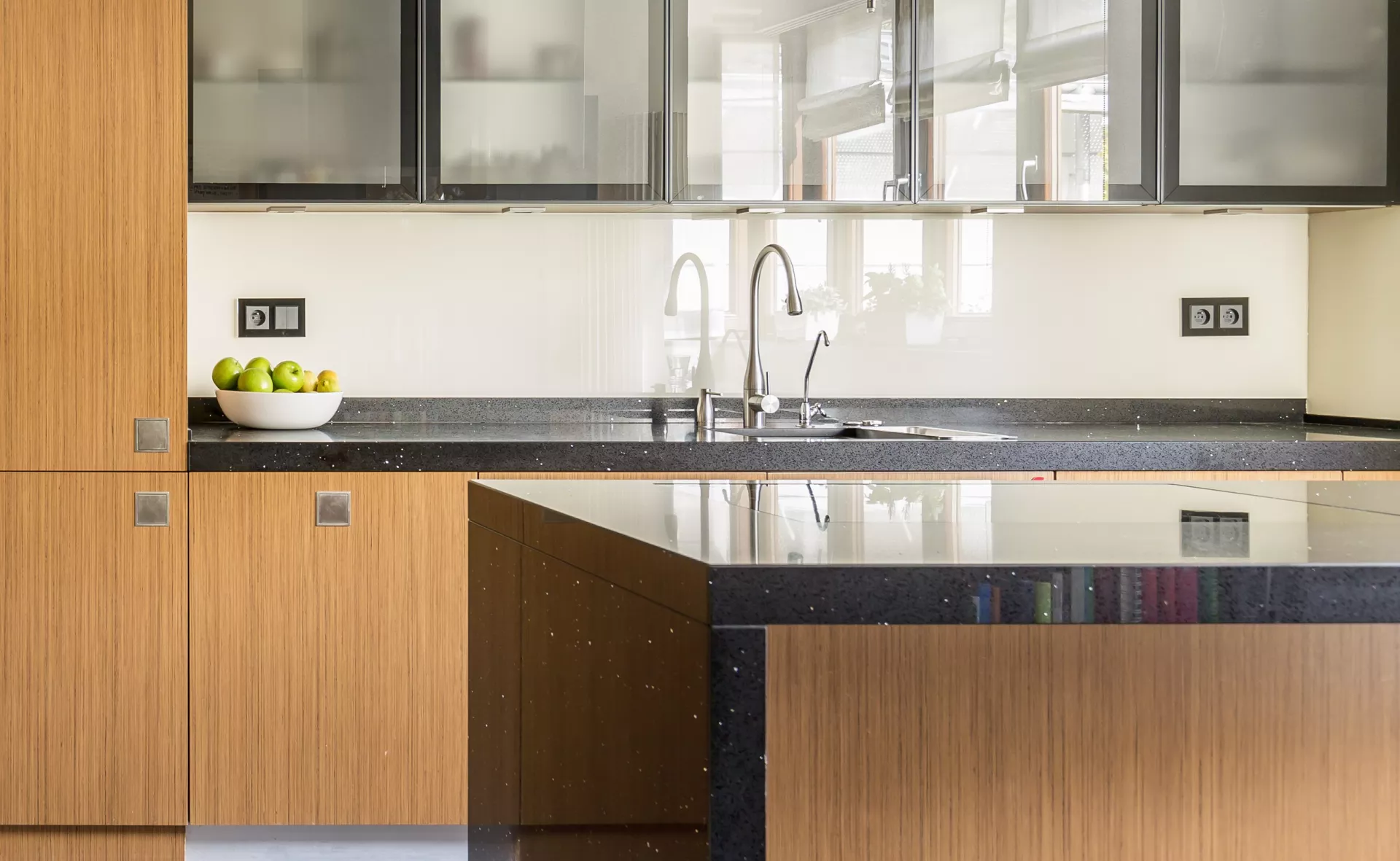
Conclusion
So, measuring for a countertop replacement project is a manageable task. You can easily reckon the square footage and cost estimate with proper tools and guidance. But, be sure to take accurate measurements and consider any additional factors that can affect the installation cost.
All you need is careful planning and attention to detail; you’re all set to enjoy a perfect glaring countertop.


